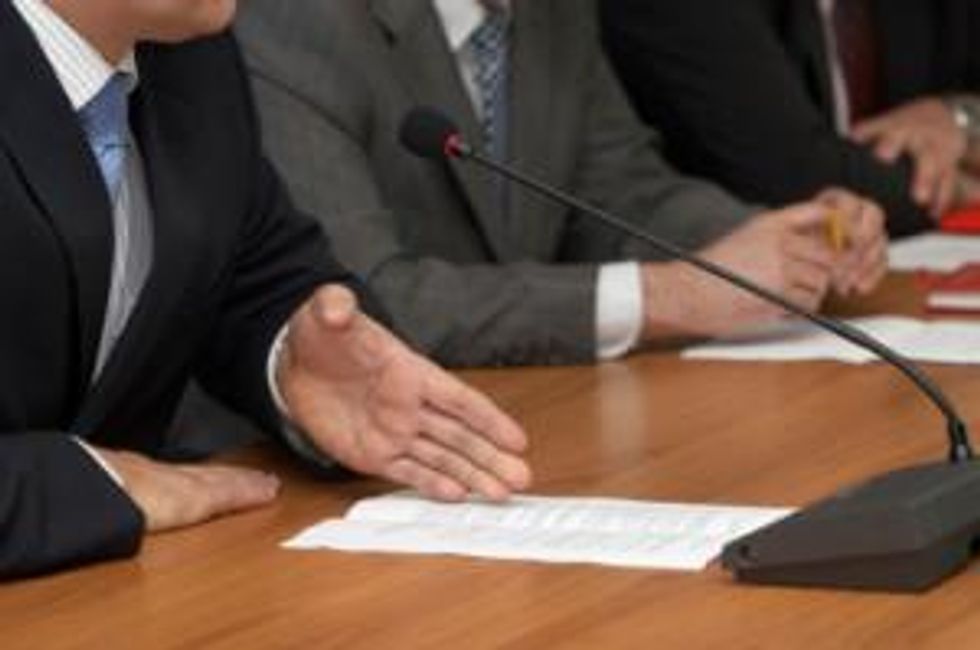- AustraliaNorth AmericaWorld
Investing News NetworkYour trusted source for investing success
- Lithium Outlook
- Oil and Gas Outlook
- Gold Outlook Report
- Uranium Outlook
- Rare Earths Outlook
- All Outlook Reports
- Top Generative AI Stocks
- Top EV Stocks
- Biggest AI Companies
- Biggest Blockchain Stocks
- Biggest Cryptocurrency-mining Stocks
- Biggest Cybersecurity Companies
- Biggest Robotics Companies
- Biggest Social Media Companies
- Biggest Technology ETFs
- Artificial Intellgience ETFs
- Robotics ETFs
- Canadian Cryptocurrency ETFs
- Artificial Intelligence Outlook
- EV Outlook
- Cleantech Outlook
- Crypto Outlook
- Tech Outlook
- All Market Outlook Reports
- Cannabis Weekly Round-Up
- Top Alzheimer's Treatment Stocks
- Top Biotech Stocks
- Top Plant-based Food Stocks
- Biggest Cannabis Stocks
- Biggest Pharma Stocks
- Longevity Stocks to Watch
- Psychedelics Stocks to Watch
- Top Cobalt Stocks
- Small Biotech ETFs to Watch
- Top Life Science ETFs
- Biggest Pharmaceutical ETFs
- Life Science Outlook
- Biotech Outlook
- Cannabis Outlook
- Pharma Outlook
- Psychedelics Outlook
- All Market Outlook Reports
The Cobalt Development Institute held its annual cobalt conference in Shanghai at the end of May. Here’s a look at the key takeaways from the event.
At the Cobalt Development Institute’s (CDI) Cobalt Conference 2013, held from May 23 to 24 in Shanghai, industry heavyweights met to discuss a variety of issues, including cobalt market supply and demand trends and what’s going on in the Democratic Republic of the Congo (DRC).
Here’s a look at the main takeaways from the annual meeting.
Demand
Battery industry growth will strengthen demand for cobalt in 2013, Metal-Pages quoted Wu Jun, vice general manager of Jinchuan Group and president of the China Non-ferrous Metals Industry Association’s cobalt branch, as saying at the conference.
He noted that China consumed 31,700 metric tons (MT) of cobalt in 2012, an 8.5-percent increase from the previous year, and said that about 67 percent of that amount was used by the battery industry. That amount is expected to rise this year as the battery industry grows by 25 percent.
Looking longer term, Olivier Vallée of Natureo Finance said that demand for cobalt for use in batteries will increase to more than 100,000 MT in 2020 as a result of demand for large-format rechargeable batteries, as per Metal-Pages.
Supply
The launch of China’s Operation Green Fence, under which China is strictly enforcing “regulations that prohibit the import of unwashed, post-consumer plastics” and “banning the transfer of imported waste to a company other than that allowed by the import licence,” has made it more difficult for China to import scrap material containing cobalt, according to Metal Bulletin. That means the company’s supply of scrap material is tightening.
What’s happening in the DRC?
The DRC banned exports of copper and cobalt concentrates in April, giving companies operating in the country just 90 days to clear out their inventories. Then, the week before the CDI conference, Martin Kabwelulu, the DRC’s minister of mines, reiterated that the ban is coming, telling Reuters, “I’m confirming the ban on copper concentrate. It will be fully enforced by July or August in order to allow mining operators to re-adjust themselves.” However, most cobalt buyers in China “do not believe, or do not want to believe” that the DRC will follow through with the ban, according to Metal Bulletin.
That said, the publication notes that miners and Chinese buyers of feed from the DRC are making preparations for a tax on exports similar to the one imposed in 2010, with “at least one mining company” telling its customers that one will likely be put in place. That scenario seems probable given that Moise Katumbi, the governor of the DRC’s Katanga province, has said he will not support a ban on exports of the two commodities.
Metal Bulletin notes that such a tax may increase costs for the entire cobalt industry and could even “drive consolidation among China’s battery material makers.”
Securities Disclosure: I, Charlotte McLeod, hold no direct investment interest in any company mentioned in this article.
Related reading:
DRC’s Confidence in Cobalt Export Ban May be Misplaced
DRC Bans Exports of Copper and Cobalt Concentrates
Investing News Network websites or approved third-party tools use cookies. Please refer to the cookie policy for collected data, privacy and GDPR compliance. By continuing to browse the site, you agree to our use of cookies.
